5 Mistakes to Avoid in the Post-COVID Workspace

Flashback to early March of 2020, or your organization pre-pandemic. Most companies would have said that their office was an essential part of their business. The 9-5, Monday-Friday office model was the only way to support optimal business function. That in-person work was the only work. As the pandemic effects on the office environment have continued, leaders need to make some big decisions when it comes to the post-COVID workspace. Vaccines have become widely available, and with this, many of the government restrictions have been lifted across the country. But as variants continue to surge, it seems like this is a turbulent time to make office decisions. However, organizations can't afford to wait. Employees are choosing now what their path forward from the pandemic will be. Strategic changes in your organization can help ensure that their path forward is still a part of your team. Here are the top 5 mistakes to avoid in the post-COVID workspace.
Forcing Employees to Return to Work
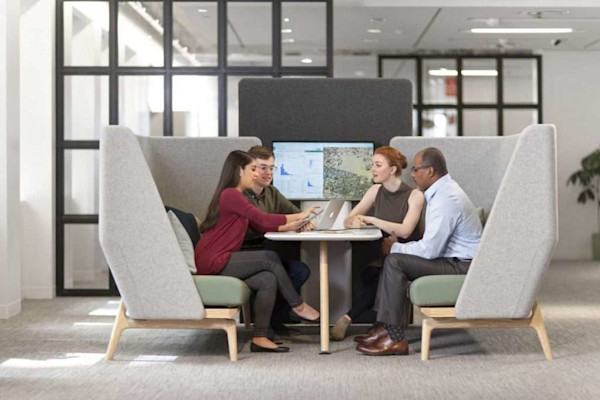
Teams function at their best when they are able to collaborate. Gathering people from different departments, with different levels of experience strengthens your organization. But not every aspect of the workday is best suited to a collaborative work environment. Workers now expect the ability to work remotely. They have proven that work can happen from anywhere. While working from home over the last year, one of the most often cited benefits was a better work-life balance. Allow your employees to maintain this by giving them choice. They want the autonomy to match the work being completed, to the environment that they are in. Yes, collaboration is an essential part of most successful businesses, but so is focused individual work.
Connection and community-building efforts will go a long way in ensuring the team you have is the team you keep.
A big mistake companies are making with an already volatile workforce is mandating even a certain number of days that employees are expected to be in the office. According to a Gallup poll, attracting and retaining talent requires innovative strategies about workplace mobility. Workers operating in a hybrid office model or those splitting their time at the office with time working from home are more intentional with their time, and their job satisfaction is improved.
Losing Focused, Quiet Spaces in the Post-COVID Workspace
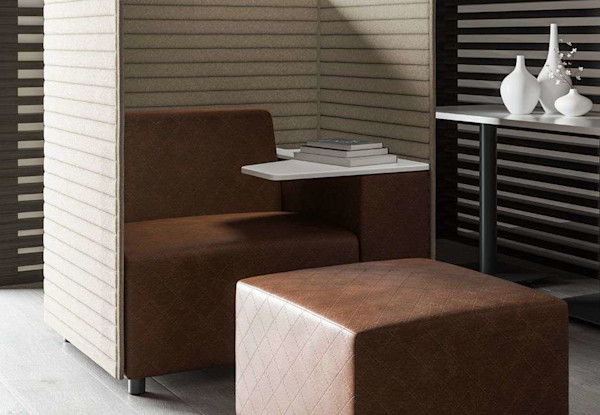
Employees have become accustomed to quiet individual workspaces. Pre pandemic, open office designs were on the rise. After the quiet and isolation of the last year and a half, it may be expected that your team will crave the interaction and socialization of the workplace, but many say that the lack of privacy is an issue.
Making effective decisions and exhibiting trustworthy leadership is far more important than the timing of getting back to the office.
The fact is, no one workspace is right for every worker. Creating a one size fits all office layout may affect your top performers and an open office full of collaboration spaces is not for every work situation. A study by Basex found office distractions take up 130 minutes of the average day. That's over 25% of a typical workday. These distractions waste time and money for your organization, and recovering from these distractions, or getting back on track takes even more time. Individual private offices aren't realistic given the rise of hybrid work, but there are easily implemented solutions. Create private spaces even within an open office concept with acoustic furniture. These pieces come in a variety of styles and can serve many purposes, from places to make private phone calls, to isolated desks for focused problem-solving. Implementing some of these acoustic office furniture designs ideas can be game-changers for employee productivity.
Going Back to Business as Usual
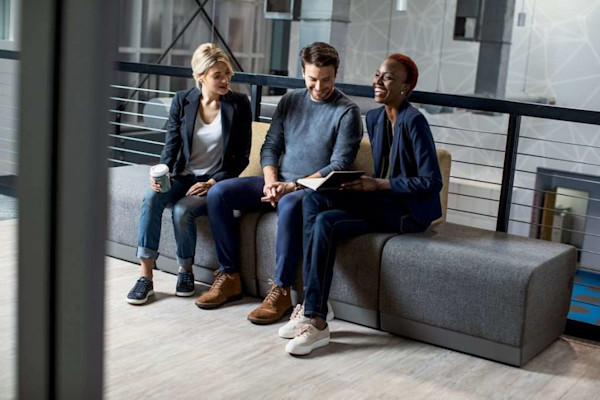
When government restrictions were lifted, many leaders rushed their teams back into the workplace and right back into their old way of thinking. By being mandated to do business differently, many organizations rose to the challenge and innovations took place rapidly during the COVID-19 shutdowns. Turning away from these learnings back to the way things have always been done is a mistake.
Creativity often happens when people are gathered, but inspiration can often occur when we are alone, on a walk, or having a conversation around a coffee table in small groups
Meetings are always a great place to discuss and communicate decisions. Often, these meetings are a few people talking and 20 people feeling uninvolved and talked at rather than part of the conversation. The pandemic showed us that some of these meetings can be replaced with emails. Creativity often happens when people are gathered, but inspiration can often occur when we are alone, on a walk, or having a conversation around a coffee table in small groups. Again, autonomy to choose the right place to get work done most effectively is going to be a reoccurring theme as the post-COVID workspace continues to adapt. The companies that are able to take what they have learned during the pandemic, and apply it to the workforce as it returns will see a shift in their employment numbers. There is going to be a large amount of movement in the workforce. People are making choices about where they will work based on the freedom they have in where and how they work. Continuing to offer flexibility will ensure your company is a place employees want to be. Making effective decisions and exhibiting trustworthy leadership is far more important than the timing of getting back to the office.
Not Making Health and Wellness a Priority in the Post-COVID Workspace
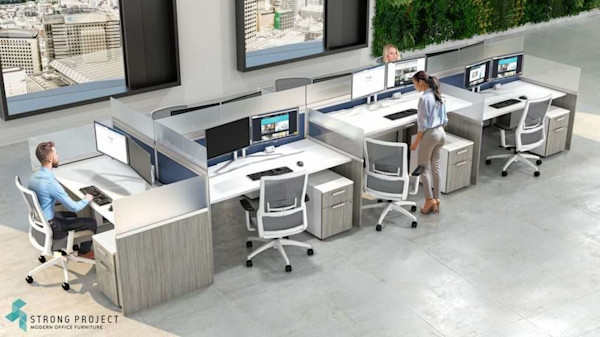
The top workplaces have always supported more than just work for their teams. And they know that a healthy workforce is more productive. Health and wellness measures must go beyond a company health club membership. This means incorporating movement, natural light and nature, and mental health measures into your daily practices.
The issues facing today's workforce didn't begin with the pandemic, they were just magnified.
Incorporating more movement into your day can be easily done with adjustable sit and stand desks. With so much work being done on laptops, tablets, and mobile phones, a desktop computer at a traditional desk isn't as important as it was even a few years ago. Additionally, sitting for long periods of time has a negative effect on your health. During our period of working from home, many employees took advantage of meeting times to get a little sunlight. Porches and backyards became our conferences rooms. Incorporating outdoor workspaces into your office can have an immediate positive impact. If outdoor spaces aren't possible, then consider bringing the outside indoors with real plant life and collaboration areas in spaces with natural light.
Skipping Conversations with Your Teams about Their Concerns
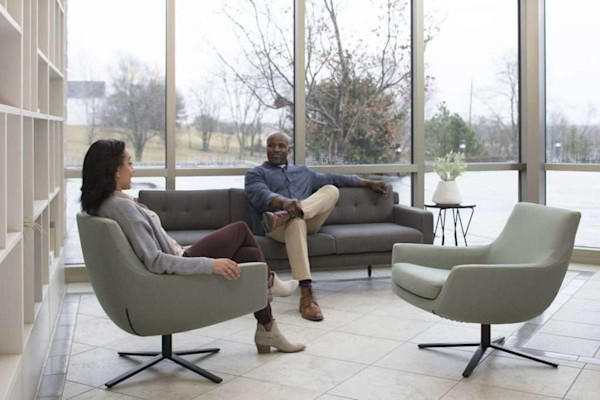
Coming back to work after the pandemic has been mentally tough for leaders and employees alike. There are real issues facing the workforce. In fact, a Harris Poll survey found that 89% of employees have concerns about returning to the office. Many employees cited missing the "water cooler" conversations during the pandemic shutdowns. While some teams made an effort to make these conversations happen virtually, many others lost this important piece. As we return to the office, we must be intentional about communicating with our team members. Create time and space in your schedules to initiate conversations about how your team is really doing. Connection and community-building efforts will go a long way in ensuring the team you have is the team you keep. As we reevaluate our post-COVID workspace, a point to consider is that the issues facing today's workforce didn't begin with the pandemic, they were just magnified. The office matters. It is a place where your team can come together for a common purpose to accomplish big things. But choice, privacy, and health and well-being matter just as much to those employees who decide to remain a part of your team. For more design ideas explore our modern office furniture collections. Can A Pandemic Permanently Change the Workplace? We Think The Future of Post-COVID Office Furniture Matters



